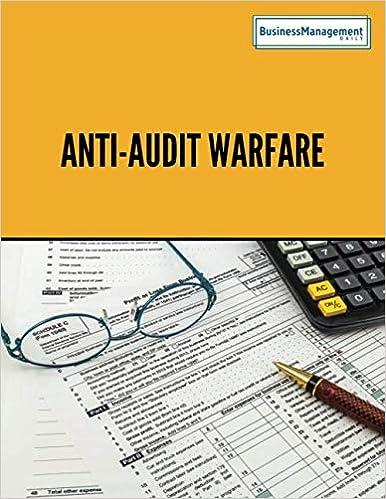CASE 5-32 Cost Structure, Break-Even and Target Profit Analysis LC Pittman Company is a small but growing manufacturer of telccomminications equipment. The company has no sales foree of its own; rather, it relies completely on independent sales agent: to market its products. These agents are paid a sales commission of 15% for all items sold. Barbara Chency, Pittman's controller, has just prepared the company's budgeted income statement for next year as follows: As Barbara handed the statement to Karl Vecei, Pittman's president, she commented, "I went ahead and used the agents' 15% commission rate in completing these statements, but we've jusf learned that they refuse to handle our products next year unless we increase the commiusion rate 1020%= "That's the last straw"" Karl replied angrily. "Those agents have been demanding more and more, and this time they've gone too fir. How can they possibly defend a 20% commission rate? "They claim that after paying for advertising, travel, and the other couts of promotion, there's nothing left over for profit," replied Barban. "I ay it's just plain robbery," retorted Karl. "And I aho say it's time we dumped those guys and got our own sales force. Can you get your people to work up same cost figures for us to look at? "We've already worked them up," said Barbara. "Several companies we know about pay a 7.5% commisuion to their own salespeople, along with a small salary. Or course, we would have to handle all promotion couts, 100. We figure our fixed expenses woold increase by $2,400,000 per year, but that would be more than offset by the $3,200,000(20%6$16,000,000) that wo would avoid on afents' commissions" The breakdown of the $2,400,000 cont follows: "Super," replied Karl. "And I noticed that the $2,400,000 equals what we're paying the agents under the old 15% commission rate" "lt's even better than that," explained Barbara. "We can actually save $75,000 a year because that's what we're paying our auditors to check out the agents' reports. So our overall administrative expenses would be less," "Pull all of these numbers together and we'll show them to the executive committee tomorrow," said Karl. "With the approval of the committee, we can move on the matter immediately." Required: 1. Compute Pittman Company's break-even point in dollar sales for next year assuming: a. The agents' commission rate remains unchanged at 15%. b. The agents commission rate is increased to 20%. c. The company employs its own sales force. 2. Assume that Pittman Company decides to continue selling through agents and pays the 20% commission rate. Determine the dollar sales that would be required to generate the same net income as contained in the budgeted income statement for next year. 3. Determine the dollar sales at which nct income would be equal regardless of whether Pittman Company sells through agents (at a 20% commission rate) or employs its own sales force. 4. Compute the degree of operating leverage that the company would expect to have at the end of next year assuming: a. The agents' commission rate remains unchanged at 15%. b. The agents' commission rate is increased to 20%. c. The company employs its own sales force. Use income before income taxes in your operating leverage computation. 5. Based on the data in (1) through (4) above, make a recommendation as to whether the company should continue to use sales agents (at a 20% commission rate) or cmploy its own sales force. Give reasons for your answer. (CMA, adapted)








